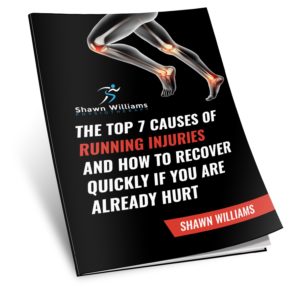In Toronto, many individuals seek physiotherapy treatment for running-related injuries. As an
experienced physiotherapist who has done extensive work treating such cases, I can attest that
proper prevention strategies could have averted numerous instances of these injuries.
Here are the top three causes of running injuries and essential tips for prevention:
#1 – Overly Rapid Distance Progression
Progressing your distance too quickly is the leading cause of running injuries. When runners
increase their mileage too quickly, the body lacks sufficient time to adapt and get stronger,
elevating the risk of injury.
Prevention Tip: If you are new to running, start with a walk/run program. Begin with a 5-
minute walk. Then alternate between running for 1 minute and walking for 1 minute. Repeat
this three times and finish with a 5-minute walk.
Gradually increase the walk/run cycle to more repetitions and greater time intervals over 6-8
weeks until reaching a continuous 30-minute run. See the below sample of an interval
program.
Image caption: Sample interval training program for beginners
After following a walk/run program for the first 6-8 weeks you can use the 10 percent rule. This
means you should only increase your running time or distance by 10 percent every week.
#2 – Adding Speed or Interval Training Too Early
Introducing speed or interval training too soon in the running regimen puts a lot of stress on
the unprepared body. During the first 4-6 months, a beginner runner’s biomechanics improve
significantly when muscles and tendons gain a lot of strength. If a runner’s muscles and
tendons are not ready for the increased load they will almost certainly end up injured.
Prevention Tip: Refrain from speed and interval training until after minimum 3 months of consistent
running experience. Allow adequate time for essential biomechanical improvements and
muscular strength development.
#3 – Weak glutes/Poor Hip Control
Weak glutes significantly contribute to a range of running injuries at all levels of runners. The
glutes are crucial for stabilizing the pelvis, hips, and lower back. When they are weak, it results
in misalignment, causing injury to the foot, knee, hip, and back.
Weak glutes is also one of the main contributors to the most common running injury known as
a patellofemoral syndrome (PFPS). It is characterized by pain around or behind the kneecap
and is particularly painful during knee bending.
Prevention Tip: Perform side leg raise, and glute bridge exercises to strengthen your
glutes before engaging in vigorous running activities.
For those in the Toronto area seeking personalized physiotherapy solutions to support their
running endeavours, please reach out to Shawn at 416-660-4187 for a FREE 20 minute consultation. I can help you begin or return to running safely and with confidence.





